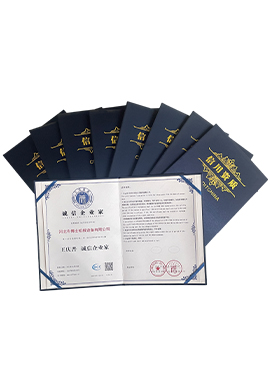Exploring Innovative Technologies in Forage Harvesting and Enhancement for Sustainable Agriculture Practices
The Advancements and Impact of Forage Machines in Modern Agriculture
Forage machines have revolutionized the way farmers cultivate and manage their crops, particularly in the field of livestock feed production. These machines are designed to efficiently harvest, chop, and transport forage crops, which include grasses and legumes. As the demand for high-quality animal feed continues to rise, the importance of forage machines in optimizing agricultural practices cannot be overstated.
One of the primary types of forage machinery is the forage harvester, which is specifically engineered to cut and process forage crops in the field. Unlike traditional harvesting methods, which can be labor-intensive and time-consuming, modern forage harvesters utilize advanced technology that allows for quick and precise cutting. These machines can handle a variety of forage types, ensuring that farmers can harvest their crops at the optimal time to maximize nutritional content.
The mechanization of forage harvesting is not just about speed; it also significantly enhances the quality of the forage. Forage machines are equipped with sharp cutting blades that create clean cuts, reducing damage to the plants and preserving their nutritional value. This is crucial because the quality of forage directly impacts livestock health and productivity. Animals fed with high-quality forage tend to exhibit better growth rates, higher milk production, and improved reproductive performance.
In addition to forage harvesters, other machines play essential roles in the production chain. For instance, balers compress cut forage into manageable bales for easy transportation and storage. These bales can be either round or square, depending on the requirements of the farmer. Utilizing balers allows farmers to store forage over extended periods, ensuring that they have sufficient feed for their livestock even during off-seasons.
forage machine

The integration of technology into forage machinery has led to the development of precision agriculture practices
. Many modern forage machines are equipped with GPS and automation features, which enable farmers to monitor their fields more effectively. These technologies allow for precise application of inputs, reduce waste, and can significantly lower operational costs. As a result, farmers can make informed decisions based on data, optimizing their forage production and ensuring sustainability.The environmental impact of forage machines is another significant consideration. The efficient use of these machines contributes to sustainable practices in agriculture by minimizing land degradation and reducing fuel consumption. By increasing the efficiency of forage harvesting and reducing the reliance on manual labor, farmers can also decrease their carbon footprint. Furthermore, well-managed forage systems can enhance soil health, promoting biodiversity and ensuring long-term agricultural viability.
However, the adoption of forage machinery is not without its challenges. The initial investment costs can be prohibitive for small-scale farmers, potentially widening the gap between large commercial operations and smaller farms. Furthermore, there may be a knowledge gap regarding the operation and maintenance of advanced machinery, necessitating training and education for effective use. It is essential for agricultural educational programs to adapt and include these technological advancements to ensure that all farmers can benefit.
In conclusion, forage machines play a critical role in modern agriculture, transforming how forage is harvested, processed, and utilized in livestock feeding. With the ongoing advancements in technology and a commitment to sustainable practices, the future of forage machinery holds promise for enhancing food security, supporting farmer livelihoods, and promoting environmental stewardship. As the agricultural landscape continues to evolve, these machines will undoubtedly remain at the forefront of innovation in the pursuit of efficient and sustainable farming practices.
Latest news
-
When to Upgrade Your Old Forage HarvesterNewsJun.05,2025
-
One Forage Harvester for All Your NeedsNewsJun.05,2025
-
Mastering the Grass Reaper MachineNewsJun.05,2025
-
How Small Farms Make Full Use of Wheat ReaperNewsJun.05,2025
-
Harvesting Wheat the Easy Way: Use a Mini Tractor ReaperNewsJun.05,2025
-
Growing Demand for the Mini Tractor Reaper in AsiaNewsJun.05,2025







